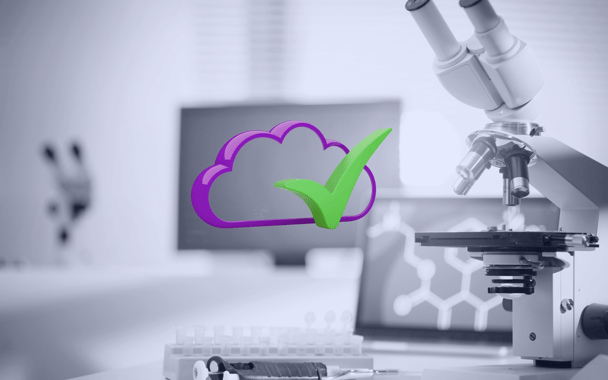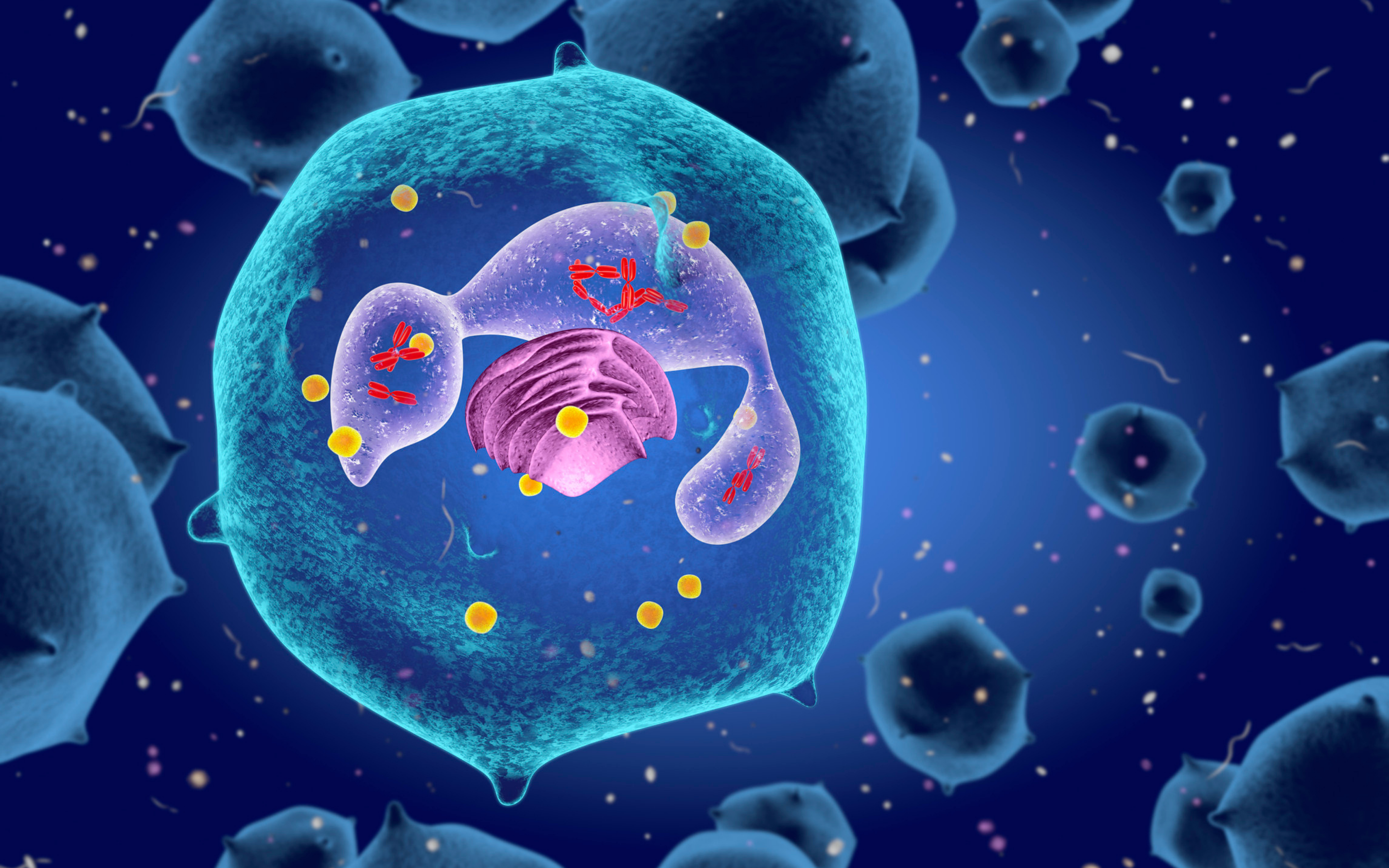What Is GMP/GDP Compliance?
Good Manufacturing Practice (GMP) is a set of guidelines created to ensure that production processes of goods follow quality and control standards. While GMP refers to the manufacturing of pharmaceutical goods, Good Distribution Practice (GDP) refers to the wholesale distribution of these goods. GMP and GDP vary from between countries, but rely on the same basic principles.
How does this relate to informatics software?
GMP/GDP principles require a safe and controlled environment that protects research information from loss or manipulation, including raw data and procedure protocols from all stages of production. This means that not only the lab work itself needs to comply with regulations, but the systems used for scientific data management — such as digital lab notebooks or informatics software — need to as well. Assuring the validity of a software involves assessing the risks that might be caused by each action in the system, and thoroughly testing to ensure that the risks are minimized.
Labguru Validated Software
We at Labguru understand that for some of our customers, research management systems must answer to GMP/GDP guidelines at the highest level. Therefore, we are now introducing a new model of validation for Labguru informatics software, implementing quality assurance, good manufacturing practices, quality control, and quality risk management.
Labguru’s New Validation Model
In our new validation model, each new customer who requests a validated environment will receive a tailored validation plan. The validation plan will include:
- The initial delivery project — the execution and documentation of the Installation Qualification and Operational Qualification (IQ/OQ) protocols. The IQ test protocols set the guidelines for the proper installation of the Labguru platform on a single tenant (“private”) AWS environment. The OQ test protocols ensure the proper operation of Labguru and are derived from Labguru’s Master Risk Assessment (MRA) and Functional Requirement Specification (FRS) documents.
- The terms for maintaining the continuous validation of the environment. Continuous validation means that the IQ/OQ protocols will be embedded into Labguru’s development life cycle, and the terms will include details such as the frequency of updates.
%20(13).png?width=617&name=NEW%20Featured%20images%20%20-%20Blog%20(1200%20%C3%97%20750%20px)%20(13).png)
End User Independent Validation
In addition to validation performed within Biodata, the customer's responsibility is to devise and perform PQ validation based on the organization's QMS, to verify that the informatics software complies with the intended use.
Validated development life cycle
The development life cycle of Validated Labguru includes several key steps as described below. The proper execution of these steps is maintained and supervised by our Validation Management Team:
Impact Assessment
Before development starts, the impact of each change is assessed. The impact assessment serves as the guideline for new test protocols and is a key component in the decision of whether the FRS and MSA are to be updated when creating a new version.
Development
Labguru development at Biodata adheres to the industry-wide accepted standards for developing web applications, including industry standards for graphical user interfaces (GUIs). Additionally, our code development adheres to the guidelines for software development per Biodata's internal protocols and practices as documented in Biodata’s QMS.
Testing
Biodata adhered to the highest quality and reliability standards. The quality assurance (QA) and testing procedures are based on a scaled agile framework. Any changes to Labguru (for example a new feature enhancement) are released only after comprehensive testing efforts that include multiple individuals and an automatic testing system to ensure full testing coverage. The tests are done throughout the different phases of development to verify the new feature enhancement produces the expected results (i.e. that it is aligned with the functional requirements) and does not cause regression with the existing functions in the application or affect it’s performance.
Issues Tracking and Resolution
All issues found throughout the validation life cycle are recorded and managed in specialized software and tracked from creation to resolution. The impact of each issue resolution (bug fix) is assessed and then tested and approved in the testing phase. Bug fixes are then added to the period release versions where they are tested again as part of the release.
Updates Management
For each update of validated Labguru the validation management team assesses all changes introduced into Labguru since the previous update and performs the needed updates to Labguru’s FRS, MRA, and test protocols. A report is created to summarize the activity and to approve the validity of the new version. When a new version of Labguru is released, it is after thorough testing procedures that meet Labguru's high standard of quality, reliability, and traceability.
For more information about Labguru Validated Informatics Software, click here:




